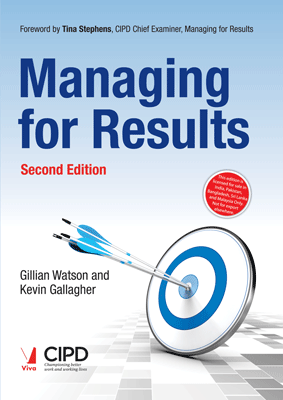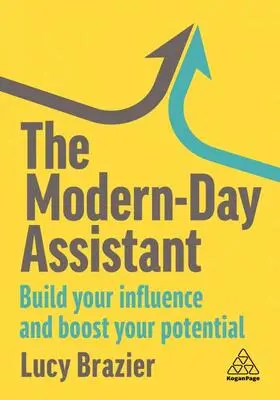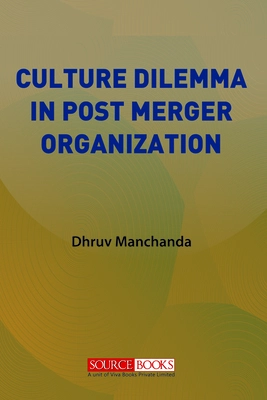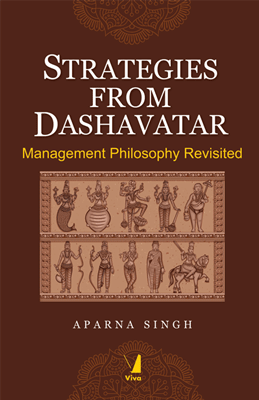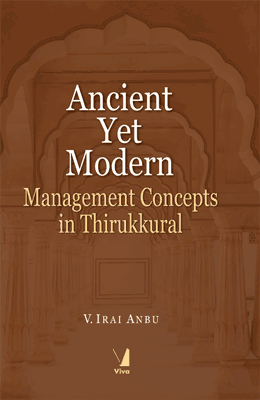Managing for Results, 2/e
Managing for Results, 2/e
₹805.50 ₹895.00 Save: ₹89.50 (10%)
Go to cartISBN: 9789385919091
Bind: Paperback
Year: 2016
Pages: 352
Size: 6 x 9 Inch
Publisher: Chartered Institute of Personnel and Development
Published in India by: Viva Books
Exclusive Distributors: Viva Books
Sales Territory: India, Nepal, Pakistan, Bangladesh, Sri Lanka
"This new text will be extremely valuable to students and practising managers who are studying for the ClPD Managing for Results examination. It comprehensively encompasses established and contemporary research, theory and practice. The case studies and exercises are particularly helpful and retention of the content is reinforced through the end of chapter summaries."
—Tina Stephens, CIPD Chief Examiner, Managing for Results
"The text is written specifically for the ClPD module, and the content clearly addresses the learning outcomes ... the book addresses the breadth of the module well ... I shall recommend this text particularly for exam revision purposes ... a new text is needed and will, I am sure, be very much appreciated."
—Sue Shortland, Senior Lecturer in HRM, London Metropolitan University
Description:
The text is designed to cater for all students studying the Managing for Results module as part of the recently introduced Leadership and Management Standards, as well as for students taking an introductory management module on a management, business or HR degree programme.
This newly co-authored edition significantly builds on Michael Armstrong's Managing Activitiestext and develops it by offering a strategic overview to management and critical perspectives across the subject area. It contains a wide range of features to support student learning, including:
- case studies and examples from leading UK and international organisations
- extracts from People Management articles
- learning objectives
- discussions, work-related and critical question exercises throughout chapters
- review (developmental and summary) exercises
- chapter summaries.
Target Audience:
The text is designed to cater for all students studying the Managing for Results module as part of the recently introduced Leadership and Management Standards, as well as for students taking an introductory management module on a management, business or HR degree programme.
Contents:
List of figures • List of tables • A note about the Exercises • Foreword to the 2nd edition
Chapter 1 Introduction: Recent trends in management • What do we mean by “results” • The environment in which the CIPD Standard has been developed • The professionalisation of the managerial role • Managing for Results: the schema for this book • Summary
Chapter 2 The role of the manager: Introduction • The traditional concepts of management • A model of management process • The manager's role • Summary
Chapter 3 How do we develop the role of the manager? Introduction • Learning and development • Improving the organisational system for development: differentiating • An evaluation of managerial development initiatives • Managerial effectiveness • Summary
Chapter 4 Communication: how we inter-relate: Introduction • Communication • Influencing techniques • Summary
Chapter 5 Communication: practical applications: Introduction • Making presentations • Report-writing • Managing meetings • Summary
Chapter 6 Working with your manager: Introduction • Responding to expectations • Responding to requirements • objectives and standards • Delivering completed and acceptable work • How to deal with difficult managers • Managing your manager • Conclusions • Summary
Chapter 7 Teamworking: Introduction • Group behaviour • How teams function • Developing work teams • Effective teams: team roles • How to be an effective team leader • Virtual teams • Summary
Chapter 8 The organisational skeleton: structure: Introduction • Definition of terms • How organisations function • Formal and informal organisations • Types of organisation structure • The flexible firm • Organisation design • Job design • How to draw up an organisation chart • How to write a job description • Organisational development • Summary
Chapter 9 Organisational communication: Introduction • The need for organisational communication • Barriers and influencing factors in organisational communication • Overcoming barriers to communication • Communications strategy • Formal written communication systems • Summary
Chapter 10 The living organisation: culture: Introduction • Definition of terms • The significance of culture • Levels of culture • Components of organisational culture • How organisational culture develops • The diversity of culture • Appropriate cultures • Supporting and changing cultures • The impact of national cultural variations • Summary
Chapter 11 Power and politics: Introduction • Authority • Power • Politics • Conflict • Summary
Chapter 12 Managing health and safety at work: Introduction • The importance of health and safety in the workplace • Health and safety policies • Implementing a health and safety policy • Accident prevention • Communicating the need for better health and safety practices • Contradictions • Changing attitudes to health and safety • Occupational health programmes • Summary
Chapter 13 Quality • differentiating for excellence: Introduction • Inspection • Quality control • Quality assurance • Total quality and Total Quality Management • The principles of quality management • Measuring and monitoring quality • Who is responsible for achieving quality? • Involving and empowering employees • Quality standards • Summary
Chapter 14 Continuous improvement: Introduction • The philosophy of continuous improvement • Introducing continuous improvement processes • Organisational learning and the learning organisation • When continuous improvement is most likely to work • Summary
Chapter 15 Enhancing customer relations: Introduction • The basis of customer care • The meaning of customer service • Determinants of service quality • Establishing customer expectations • Analysing present customer care arrangements • Developing customer service standards and measures • Identifying and meeting training needs • Measuring and monitoring customer service levels • Taking corrective action • Summary
Chapter 16 Future directions: managing change: Introduction • What do we mean by ?change?? • Triggers for change • Change models • Guidelines for change management • Summary
Index
About the Authors:
Gillian Watson is Programme Leader for the MA in International Management at the University of Sunderland. She has management experience at senior level in an international business environment. She has also been Programme Leader for the MSc Human Resource Management and the MSc Human Resource Development programmes. She has conducted management development courses both in the UK and overseas. Her experience also includes being a ClPD National examiner for Employee Development.
Kevin Gallagher is Senior Lecturer in Human Resource Management at the University of Sunderland and has managerial experience in the civil engineering and paper industries, both in the UK and overseas. He has wide experience teaching on ClPD and HRM programmes within Business, Project Management, the NHS and Call Centres. He is a member of the Chartered Management Institute and Higher Education Academy
